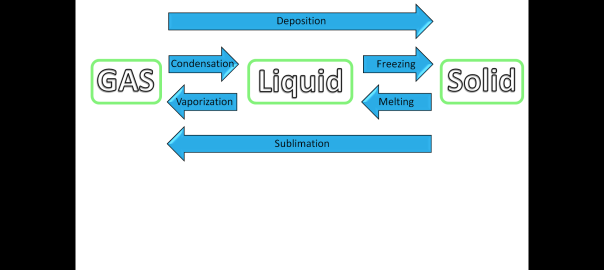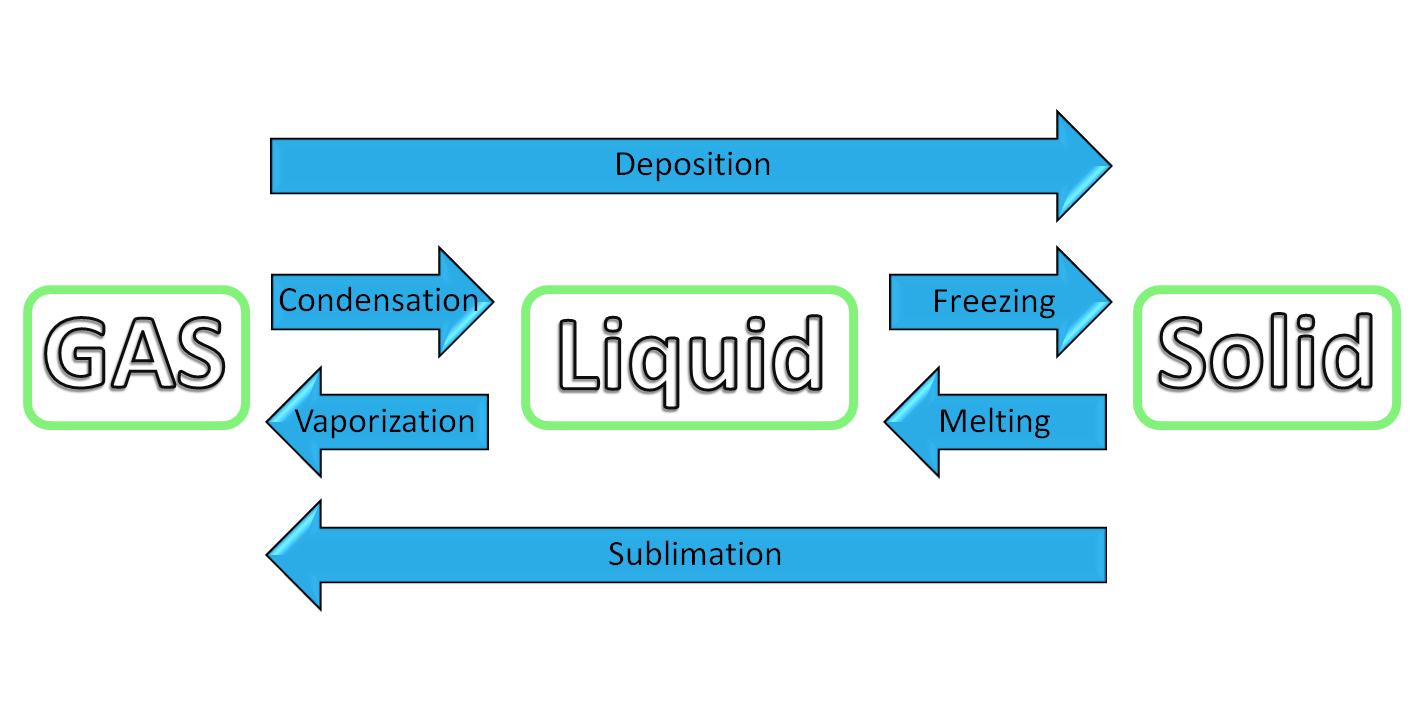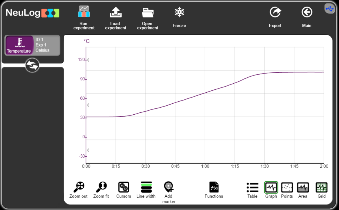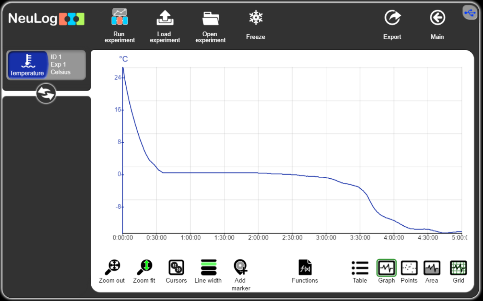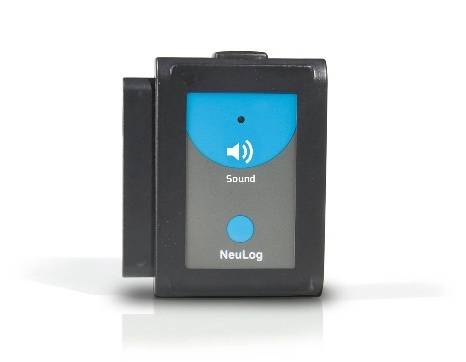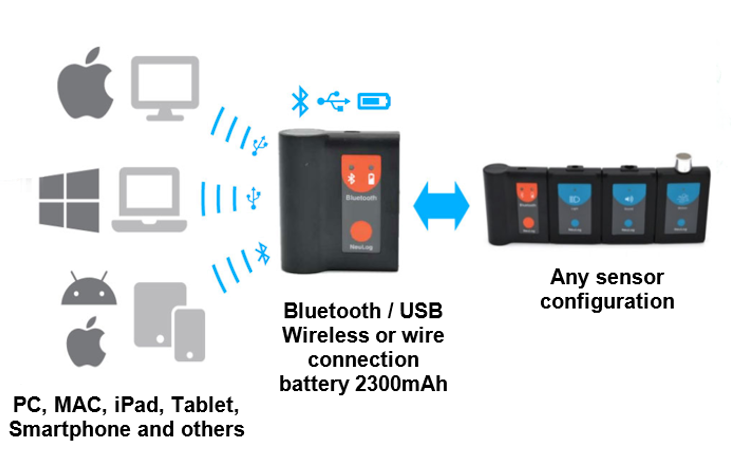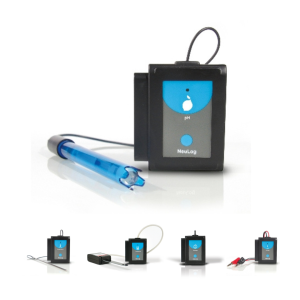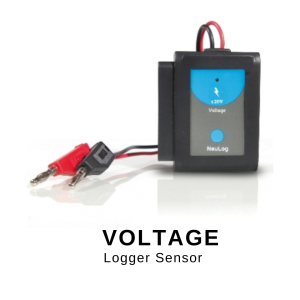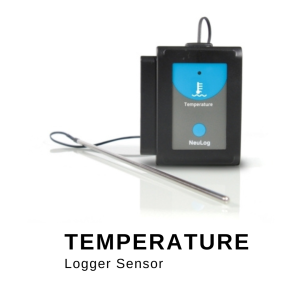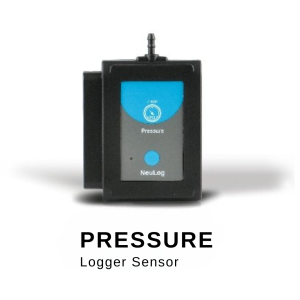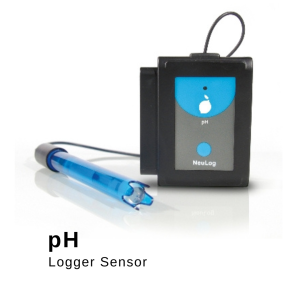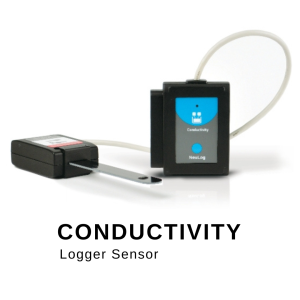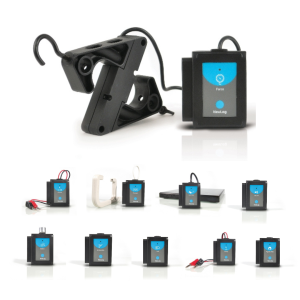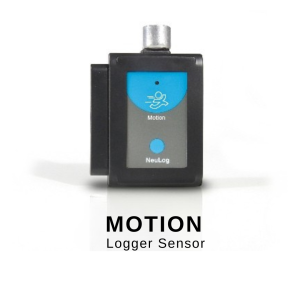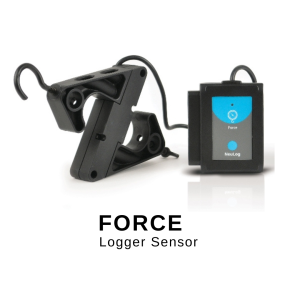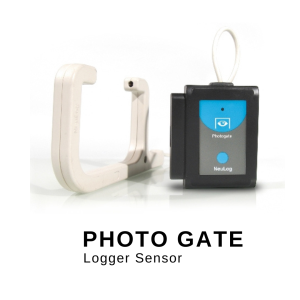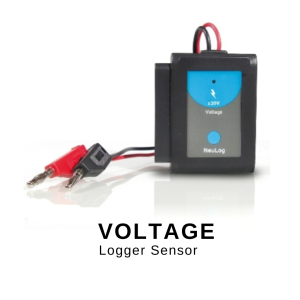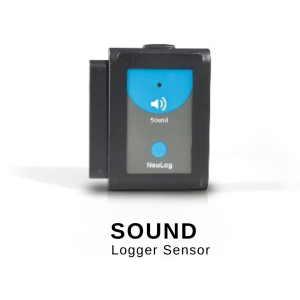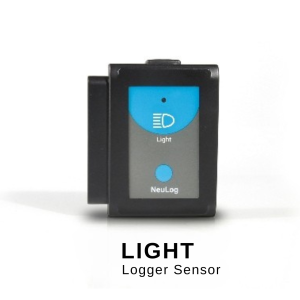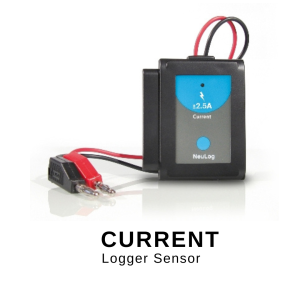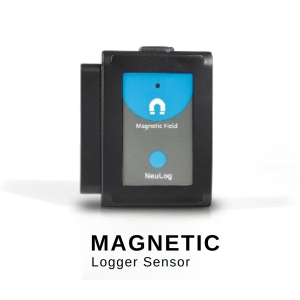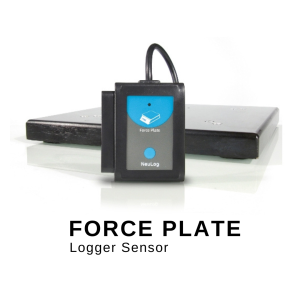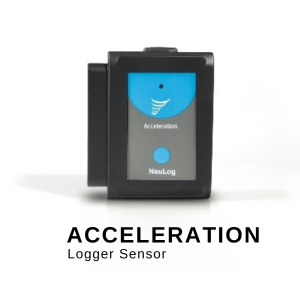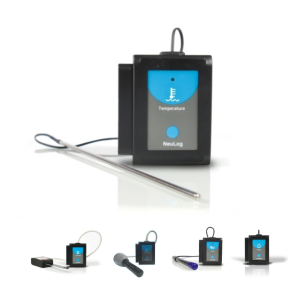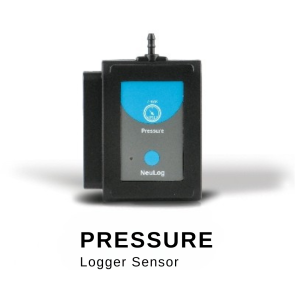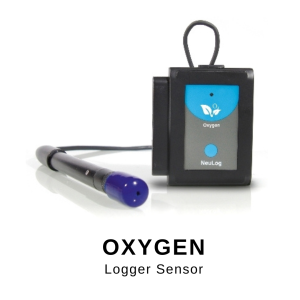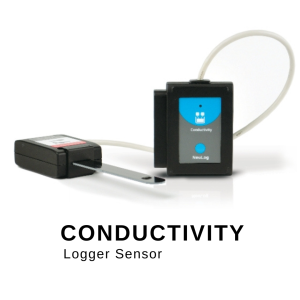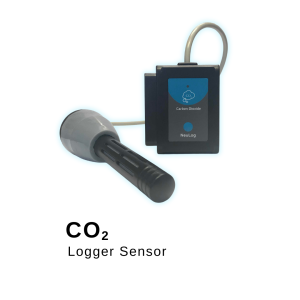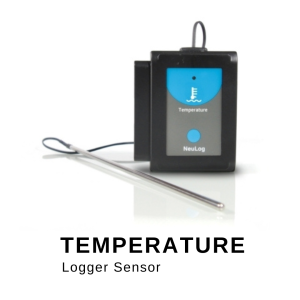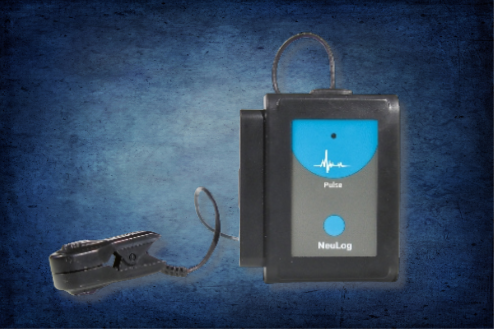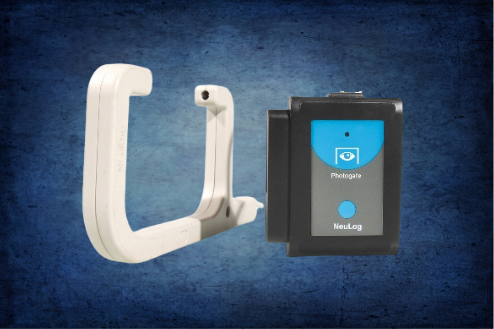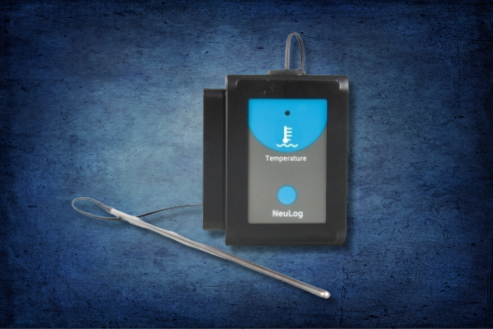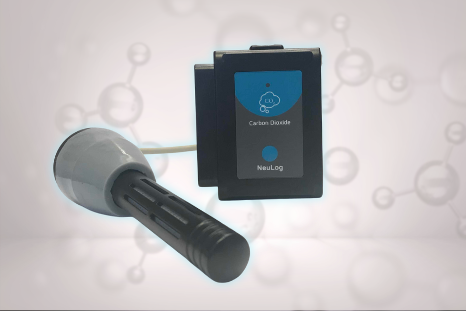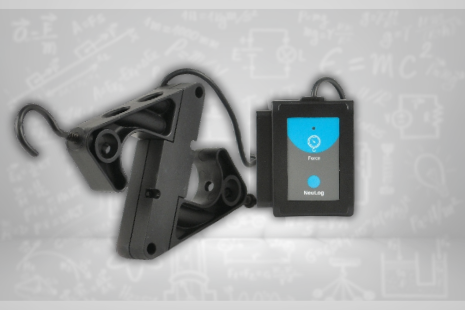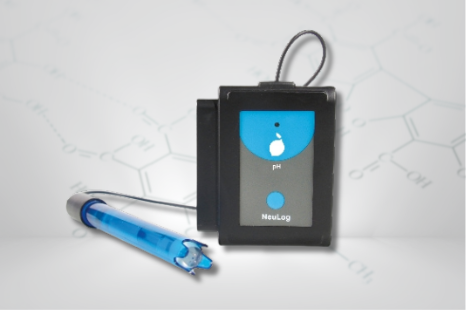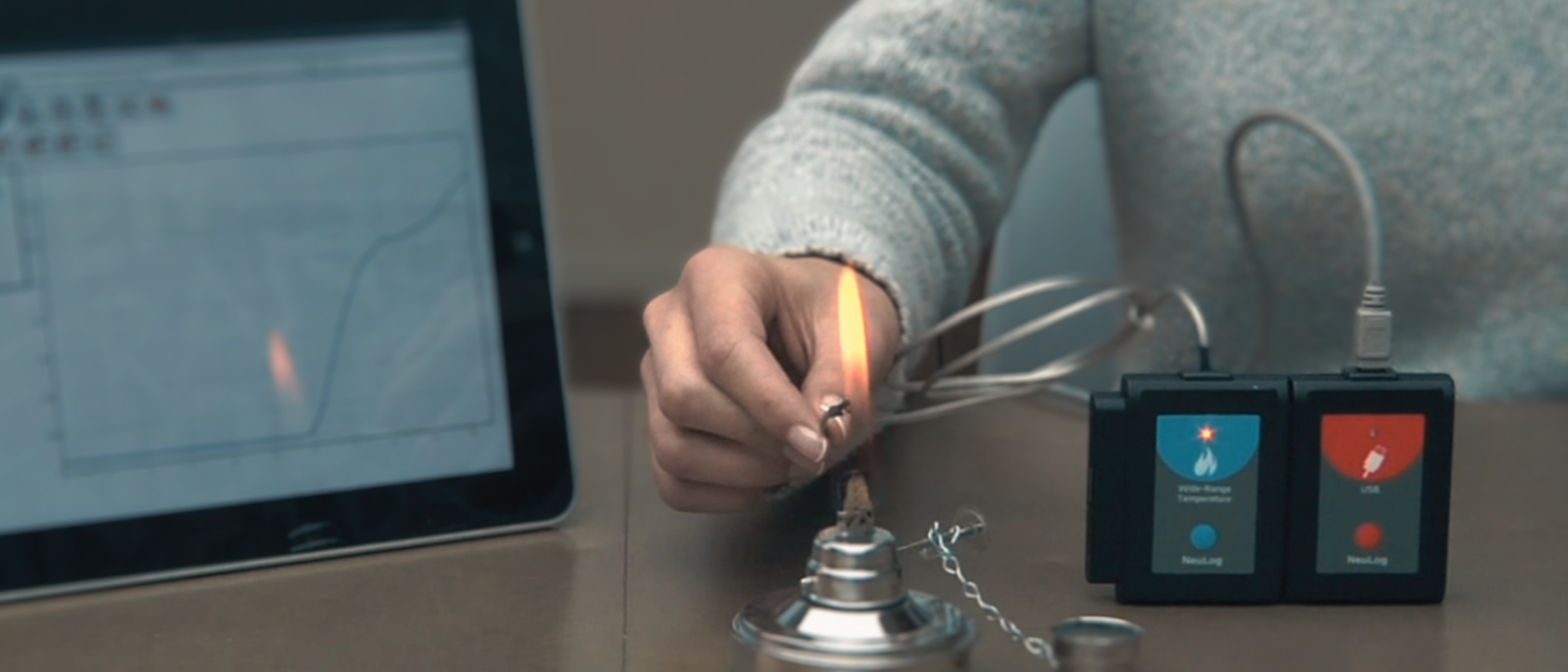GSR experiments
30/06/2025
The Galvanic Skin Response (GSR) sensor is an amazing sensor that enables us to measure human body response to stimulations like touch, smell, sight, sound or emotion conditions like stress, excitement, fear etc.
A short video describing how the GSR is connected and works.
The GSR sensor set includes the following:
- BLT-202 USB/Bluetooth communication module
- NUL-217 GSR logger sensor
With the GSR set and Emotional stress measurement experiment you can:
- Understand the fight or flight response.
- Examine how stimulation of the human system (by touch, smell, sight or sound) causes the sweat glands in the hand to secrete sweat.
- Understand the principles of a polygraph (lie detector).
- Explore the concept of biofeedback.
- Understand Progressive Muscle Relaxation (PMR) and Virtual Reality Exposure Therapy (VRET) using GSR.
With the GSR set and Sense of touch experiment you can:
- To understand that the skin is the largest sensory organ in the body.
- Explore how the skin detects touch, pressure, temperature, and pain.
- Identify which parts of the body are the most sensitive to touch.
- To recognize that fingers, lips, genitals, and toes are among the most sensitive areas of the body.
Emotional and sensory stimulation triggers sweat production.
The GSR (Galvanic Skin Response) logger sensor measures sweat secretion from the sweat glands in the hand. When stimulation occurs, sweat levels increase, leading to higher skin conductivity.
These lesson plans can be found in Biology experiment page in this site.
* These experiments are based on Morris Tischler’s book ‘Concepts of Biotechnology’.
The fight-or-flight response is activated in reaction to an acute threat, preparing the body to either react or retreat.
When a threat is perceived, the sympathetic nervous system (a part of the autonomic nervous system) is activated, releasing the hormones noradrenaline and adrenaline.
These hormones bind to adrenergic receptors on peripheral tissues, causing:
- Pupil dilation
- Increased heart rate
- Elevated blood pressure
- Faster breathing
- Increased sweat production
Sweating helps the body dissipate excess heat generated by increased muscle activity.
GSR measurement is a key component of a Polygraph (lie detector). Lying induces a stress response, which is reflected in physiological changes.
GSR is also a simple yet powerful tool for analyzing physiological responses in biofeedback therapy.
Biofeedback is a technique that increases awareness of physiological functions using electronic monitoring, allowing individuals to learn how to control bodily responses voluntarily.
Progressive Muscle Relaxation (PMR) is a guided exercise where individuals follow instructions to regulate breathing and focus on different muscle groups.
Within 30 to 45 minutes, PMR can induce full-body relaxation, increase blood flow and reduce stress and headaches.
A typical GSR graph during PMR relaxation shows a decrease in skin conductivity, which means reducing stress.
Virtual Reality Exposure Therapy (VRET) presents individuals with computer-generated simulations of their feared environments, allowing them to encounter controlled phobic triggers.
VRET is a well-established treatment for phobias, such as: Claustrophobia, Arachnophobia, Cynophobia, Acrophobia, etc.
A typical GSR graph during VRET shows fluctuations in skin conductivity:
In the HB1 experiment, you will observe how humans react to emotional stimulation. You will measure sweat secretion in response to different stimuli and record the changes over time. You will exercise lie detecting and have a PMR script to practice.
THE SKIN AS a Sensory Organ
The skin is our largest sensory organ in the human body, covering its entire surface. The skin contains a variety of nerve endings that are highly responsive to pressure, pain, and temperature changes (hot or cold).
The skin is sensitive to several types of stimulation:
- Touch
- Pressure
- Cold
- Heat
- Pain
The fingers contain up to 800 nerve endings per square centimeter (1 cm x 1 cm). The following figure illustrates the areas of greatest sensitivity in the hand.
In the Sense of touch experiment, you will check which are the most and least sensitive parts of the body.
GSR Measurement ranges:
The NUL-217 NeuLog GSR logger sensor has two measurement modes: ɥS (micro-Siemens) and Arb (arbitrary units).
- The µS range measures absolute conductivity in microSiemens, which varies between individuals.
- The Arb range amplifies changes in conductivity, making it more useful for detecting relative responses.
When a person’s baseline conductivity is high, small changes may not be easily detected.
Therefore, Arb mode is preferred when tracking changes is more important than measuring absolute values, such as in lie detection experiments.
